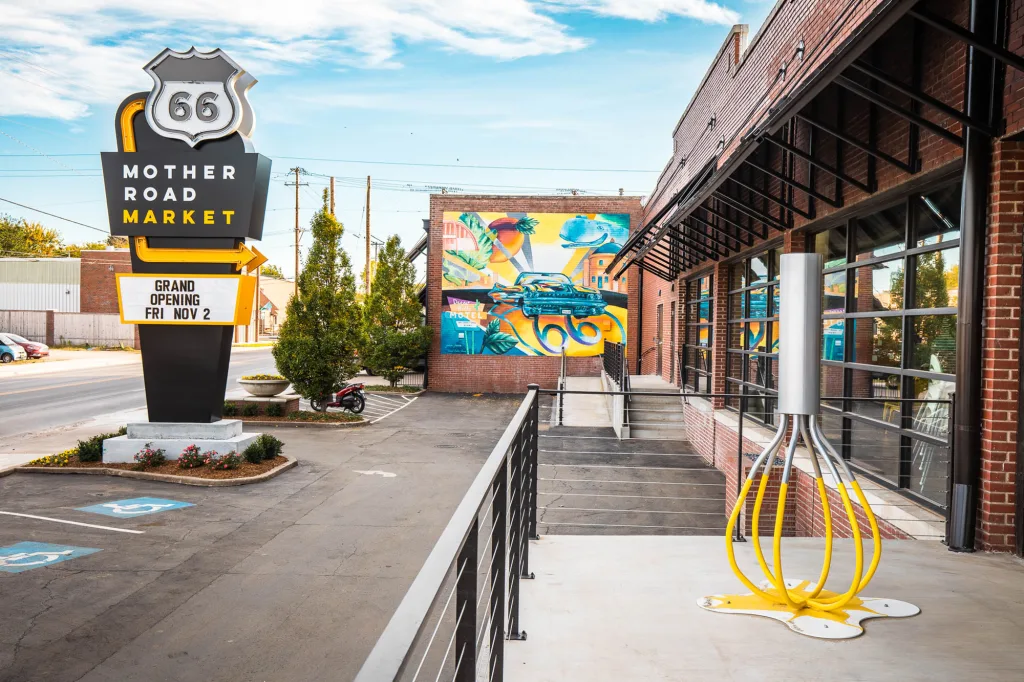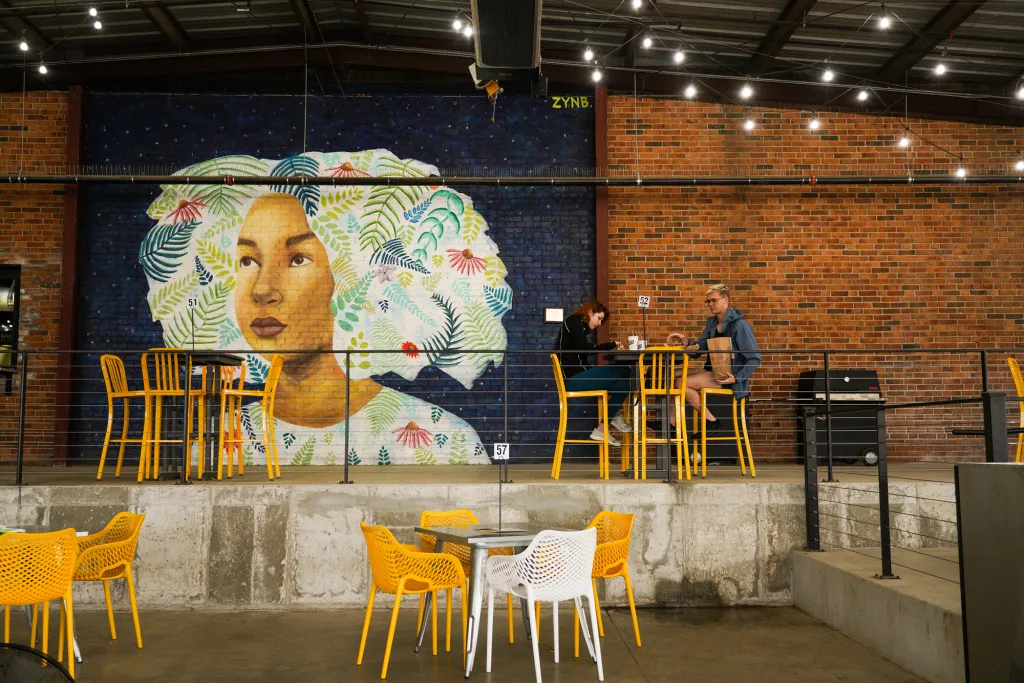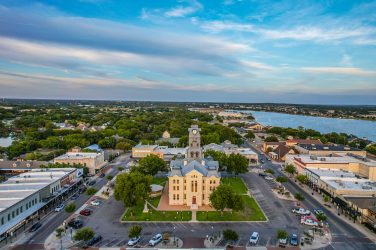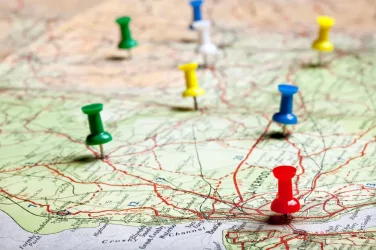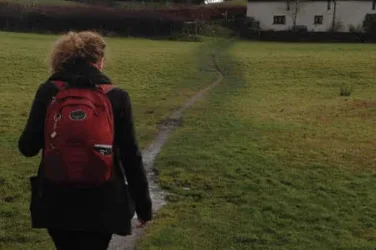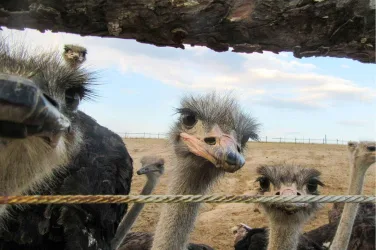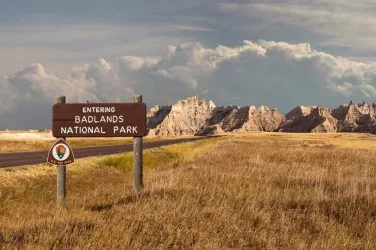Tulsa Rising
Where the Past Gleams and the Present Sings

By Annette Brooks | Photos Boston Avenue Methodist Church | The Gathering Place | Philbrook Museum of Art | Visit Tulsa | Mother Road Market | Bank of Oklahoma (Bok) Center via Susan Vineyard – stock.adobe.com
The sun sank low on the horizon as I drove into Tulsa, bathing the city’s Art Deco skyline in a warm, golden light, a shimmering testament to its oil-boom heritage. I’d heard stories of this gem along the Arkansas River, and now I was here on a mission — to explore Tulsa’s riches, from its stunning architecture and world-class museums to its lively music scene, delicious food, and bustling events.

Art Deco Homage
I began downtown, which has compact, walkable neighborhoods, each with its own character. My journey started in the Deco District, where Tulsa’s Art Deco legacy unfurls like a history book in stone and glass. The Philcade Building, a marvel that began construction in 1929, greets me first. Its gilded T-shaped lobby, dripping in gold leaf and glazed terra cotta ornamentation, boasted a shopping arcade on the first two floors.
Under a mile away, the Boston Avenue United Methodist Church (BostonAvenue.org) stuns with its iconic tower topped with a stylized sculpture of two hands raised in prayer. A masterpiece that blends spirituality with Art Deco flair, the church features numerous terra cotta sculptures. Tulsa’s oil wealth in the early 20th century birthed these gems, and the widespread use of terra cotta in the city’s architecture earned it the nickname “Terra Cotta City.”
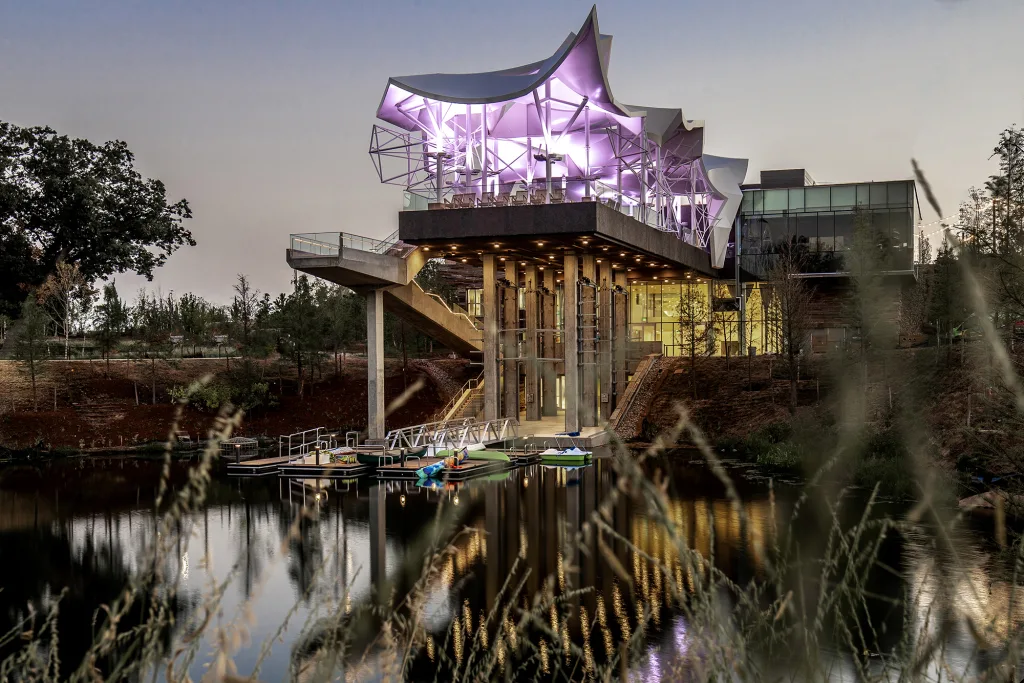
Museum Odyssey
Museums beckoned next. The Discovery Lab (DiscoveryLab.org), a 57,000-square-foot interactive children’s museum, inspires young minds by combining math, music, science, engineering, technology, and play.
Located at Gathering Place (GatheringPlace.org), Tulsa’s nearly 100-acre park nestled along the scenic Arkansas River, be sure to visit Discovery Lab’s website for more information and to check out its events.
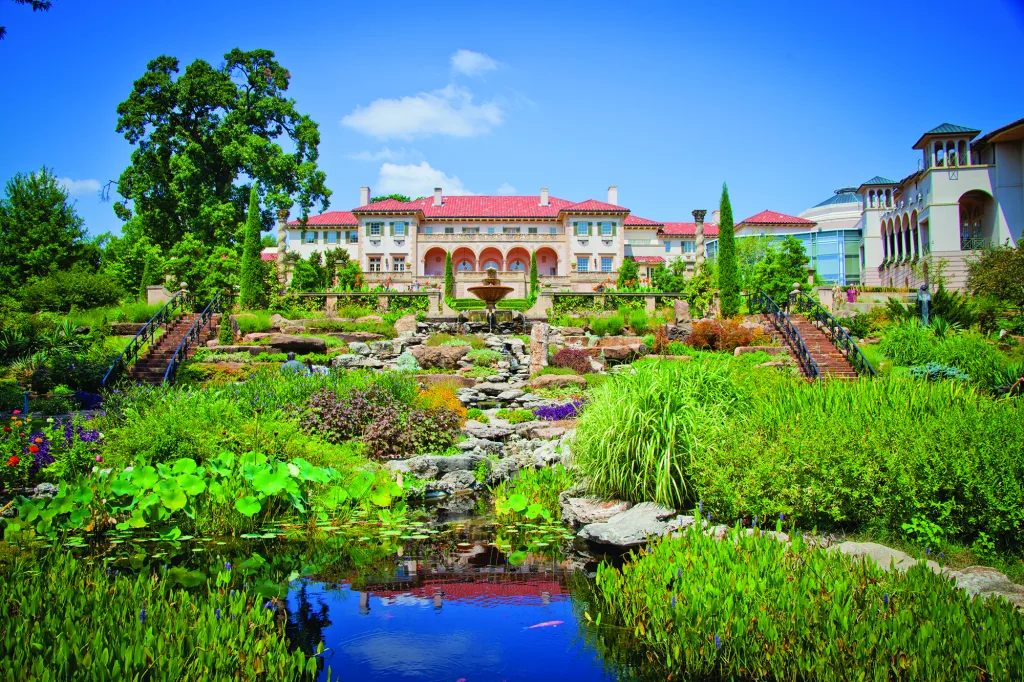
Closer to the arts district, the Philbrook Museum of Art (PhilBrook.org) dazzles me. Housed in a 1927 Italian Renaissance villa once owned by oil baron Waite Phillips, its manicured grounds beckon all to come and enjoy a variety of events and eclectic art collections — European paintings, Native American pottery, and modern works. A docent tells me Phillips gifted it to Tulsa in 1938, a legacy of generosity amid opulence.
Bob Dylan Center (BobDylanCenter.com), a newer shrine in the Tulsa Arts District. Dylan was deeply influenced by Woody Guthrie, a native Oklahoman and folk singer who was a significant figure in Tulsa. Dylan’s archives include lyrics scribbled on napkins and guitars weathered by time, revealing a city claiming its place in music lore.
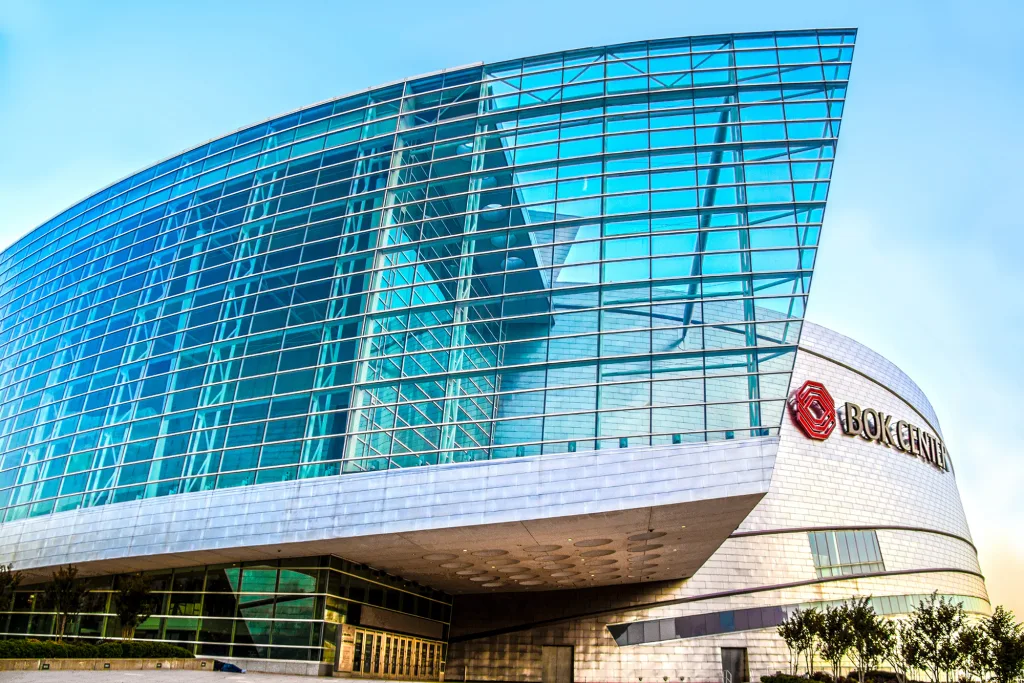
Music Scene
Speaking of music, venues like BOK Center’s (BokCenter.com) glitzy arena and the historic Tulsa Theater (TulsaTheater.com) cater to every taste. Known as the birthplace of Western Swing, the city boasts the “Tulsa Sound,” a gritty blend of rock, blues, and country. Absorbing the Tulsa vibe, I caught an In Session happening at Church Studio (TheChurchStudio.com), where Leon Russell and JJ Cale crafted hits.

Cain’s Ballroom (CainsBallRoom.com), a 1924 dance hall where Bob Will (the king of Western swing) and the Texas Playboys began showcasing their sounds that synthesized ragtime, traditional fiddle tunes, New Orleans jazz, blues, Mexican songs, and big band swing. The worn wooden floor still hums with echoes of legends.
Dining Options
Tulsa’s culinary landscape mirrors its spirit — diverse, unpretentious, and proud. At Mother Road Market (MotherRoadMarket.com), considered Oklahoma’s first food hall, vendors offer up a blend of flavor profiles. From smoky barbecue ribs and spicy Mexican street tacos to gourmet rice bowls and novelties like pickle pizza, there’s something for everyone’s palate.
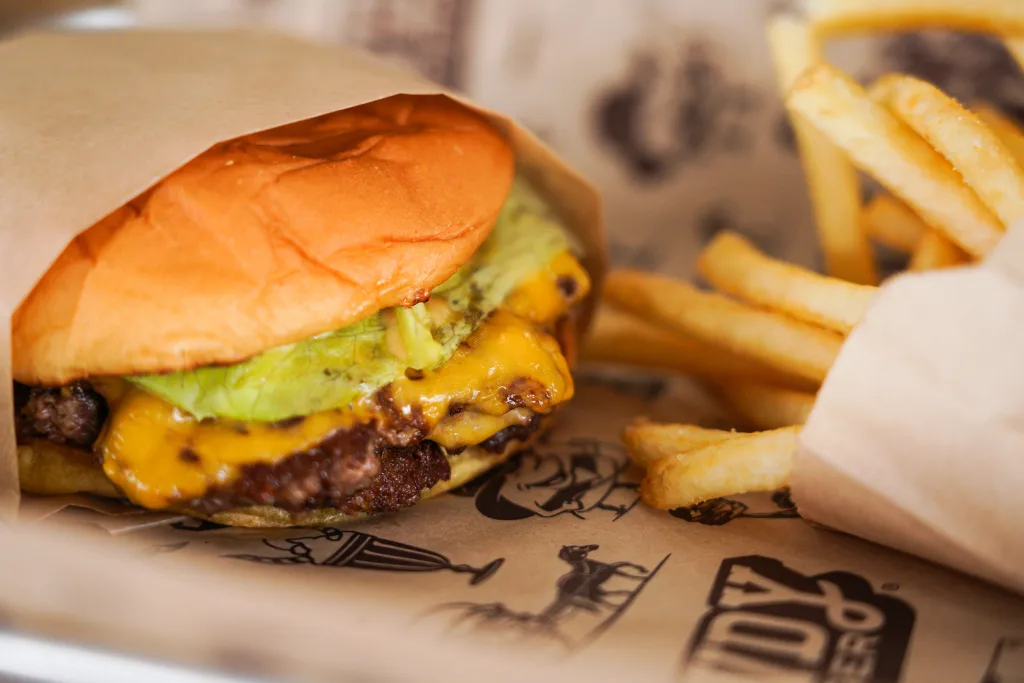
The next day, I set my sights on Tulsa’s historic Blue Dome District (BlueDomeDistrict.com), known for its down-to-earth vibe, popular festivals, and a great selection of restaurants. After lunch, dessert at one of Tulsa’s artisan ice cream shops was in order, offering unique flavors that delight the taste buds.
Celebrate
Events and festivals seal the deal. I timed my visit to witness Tulsa Tough (TulsaTough.com), a three-day cycling extravaganza in early June that transforms the city into a two-wheeled spectacle. Thousands of riders, from amateurs to pros, tackle routes while spectators cheer them on and live bands play. The air buzzes with adrenaline, a testament to Tulsa’s active spirit.
Locals tell me I need to return to experience other festive gems, like Zeeko Oktoberfest (TulsaOktoberfest.org), ScotFest (Okscotfest.com) in nearby Broken Arrow, and the Tulsa Powwow (TulsaIndianClub.org). Each event stitches Tulsa’s heritage into a vibrant tapestry.
As night falls on my last day in Tulsa, I stand by the Golden Driller, a 76-foot statue guarding the Tulsa State Fairgrounds, his oil-derrick shadow, another nod to the city’s past. Standing there, reflecting on my visit, I wondered at Tulsa’s story of boom and bust, resilience and rhythm. From Art Deco spires to Cain’s twang, museum halls to festival cheers, it’s a place that lingers, urging you to stay a little longer.
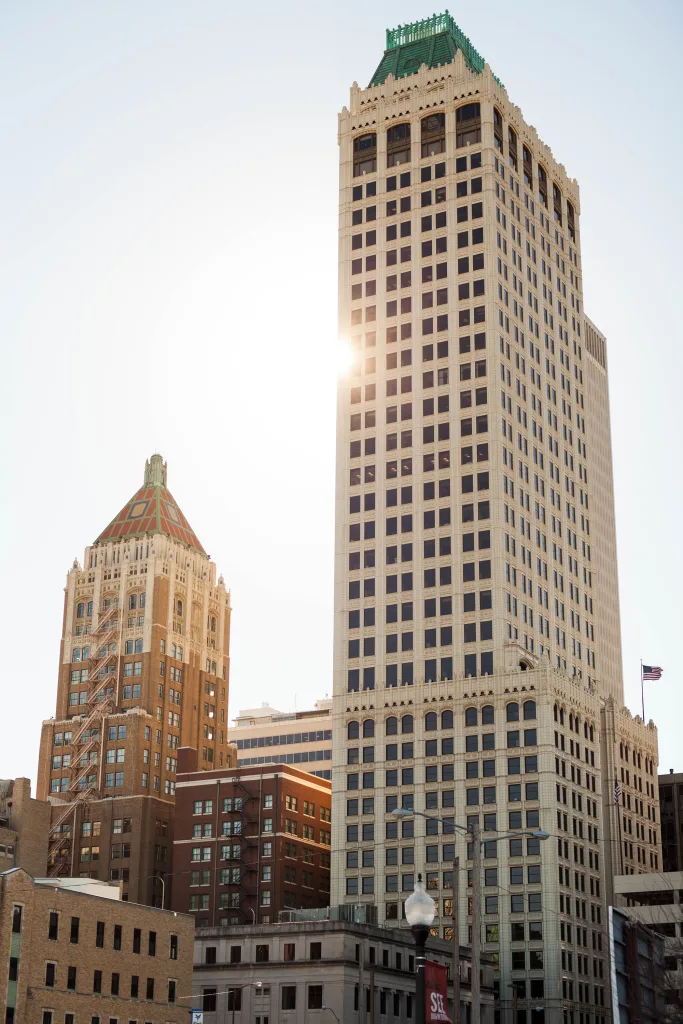
Tulsa’s Hidden Layers
Beyond its Art Deco skyline and oil-rich lore, Tulsa harbors a quieter charm in its lesser-known corners. These spots, often overshadowed by Tulsa’s bolder icons, reveal a city of subtle textures, blending nature, nostalgia, and oddity into its vibrant soul.
Tucked beneath the city’s bustle lies Woodward Park, a 45-acre public park, botanical garden, and arboretum known for its specialty gardens. The park’s Upper and Lower Rock Gardens, built in the 1930s, showcase limestone paths, lily pools, and fairy circles, while the formal terraced Tulsa Rose Garden adds elegance.
Inside the park, the Tulsa Garden Center (TulsaGardenCenter.org) thrives in a 1919 Italian Renaissance villa, offering horticultural secrets amid rose-lined arbors. For a celestial twist, the Tulsa Air and Space Museum (TulsaMuseum.org) showcases vintage planes, multiple exhibits, an interactive build-your-own-aircraft simulator, and much more.
History buffs can detour to the Tulsa Historical Society and Museum (TulsaHistory.org), where exhibits unpack the city’s gritty ascent.
Meanwhile, Tulsa’s Brady Heights Historic District harkens to the past with its preserved 1900s homes, a stark contrast to downtown’s jazzy spires. For a quirky kick, the Center of the Universe — an acoustic anomaly located in the heart of downtown Tulsa — bounces your voice back in surreal echoes.
For more exciting travel blogs, visit LivingMagazine.net/Adventure
